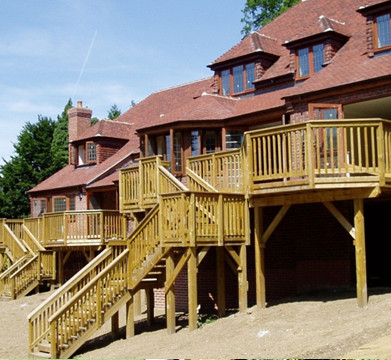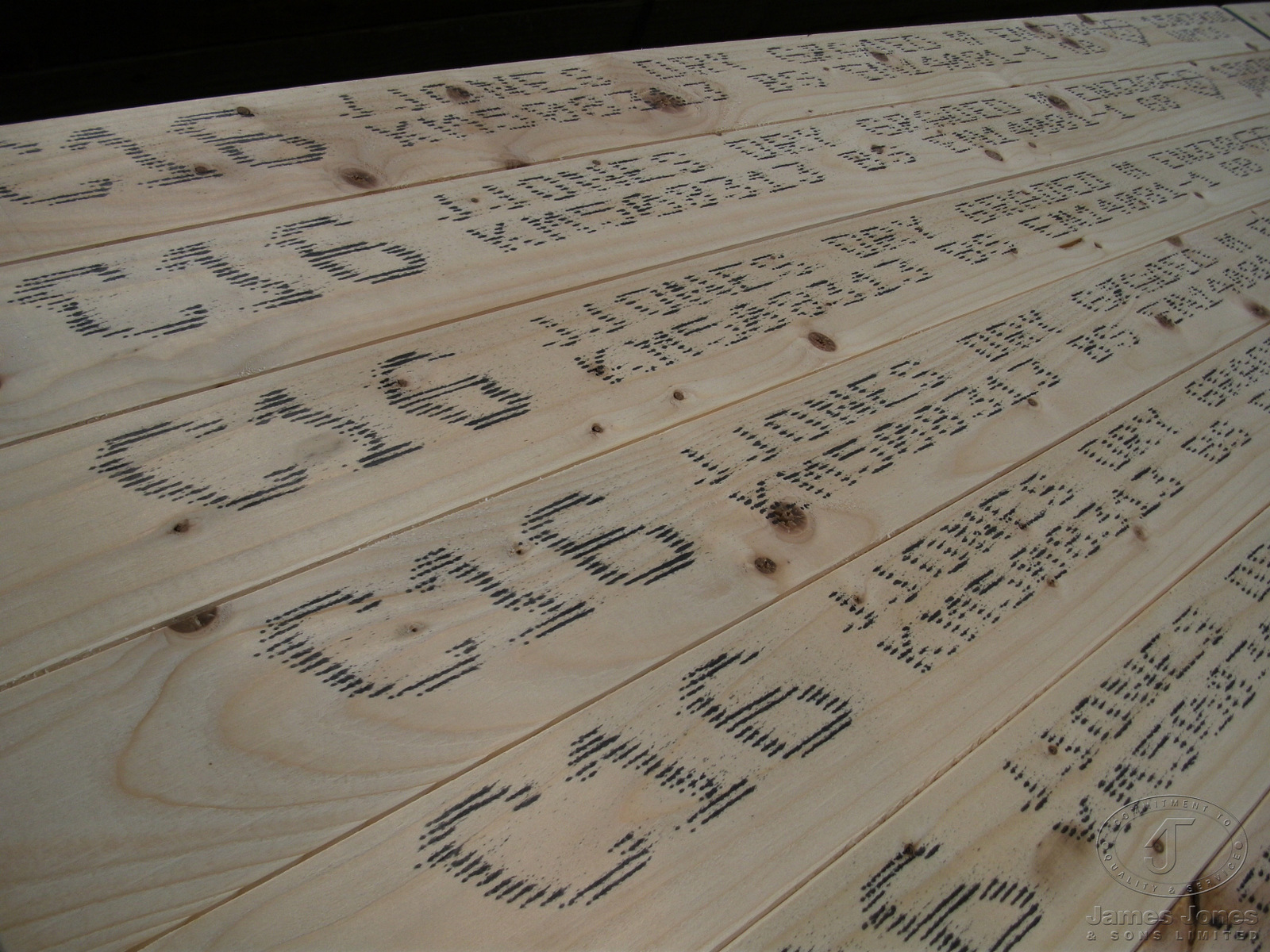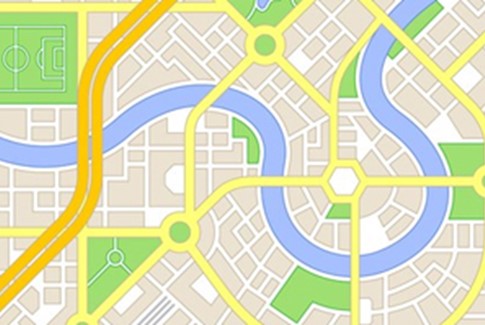C16 and C24 Strength Graded Timber
Thursday, May 25, 2023
The grade (strength class) of timber used for structural deck components such as posts, beams and joists should be sufficient to cope with any loads placed upon it during its life.
C16 and C24 are the two main strength classes of structural softwood timber available in the UK. They are just two of the twelve strength classes used throughout Europe, as defined in British Standard BS EN 338.
Here we'll share a summary of an article written by Nick Bouton, Head of Technical and Trade Policy at our associate partner trade body - Timber Development UK (TDUK) about the fundamentals of these two strength classes - which you can read in full HERE.
What do the terms C16 and C24 mean?
Whether from the UK or imported from Europe, all softwood structural timber starts life as a coniferous tree such as spruce or pine. Hence the 'C' for coniferous. The number is just shorthand for the defined bending strength of that class: C16 = 16 N/mm₂ and C24 = 24 N/mm₂.

Why are these two classes the most popular in the UK?
Having a supply chain based on C16 for general constructional applications and C24 where higher strength or longer spans are required, is the most efficient for designers, contractors and suppliers. Everyone knows that if these strength classes are specified they will be available off the shelf at the most cost-effective price anywhere in the UK.
Wouldn’t it just be easier for everyone to use C24?
To make the most efficient use of wood resources we need to use the whole range of wood products available. And that means fully utilising both C16 and C24 timbers. Not only is this great for the planet but it is also cost-effective for your construction budget.
Does C24 have a better appearance than C16?
In general terms, C24 timbers will have less strength-reducing features like knots. This allows them to achieve the higher performance required by strength class C24, and in this way they may appear to be visually more appealing than most C16 timbers.
Most C16 and C24 timber sold in the UK is kiln-dried to reduce its moisture content and surfaced finished in order to make each piece easy to handle and stable for use in application.
Are C16 timbers less durable than C24?
The strength class specification does not infer any specific level of durability. If a designer is intending for structural timbers to be used in anything other than Use Class 1 environments (dry, interior), they will need to separately specify durability requirements for the intended service class. TDCA recommends that deck joists, posts and beams or any timbers providing exterior structural support should be preservative pressure treated to Use Class 4 - regardless of whether they are in ground contact or not. This is to ensure the enhanced durability and safety of the deck substructure - read more HERE.
Does structural timber need to be marked?
Yes, absolutely. Every piece of structural timber carries a strength-grading mark to identify its strength class and source. This means everyone in the supply chain, including the building inspector, can identify that the specified strength class has been used correctly in the different parts of the construction project.
Any timber that is not marked on each piece to show its strength class should not be purchased for use in structural applications.

So what about my deck?
Softwood with a strength class rating of C16 is considered the minimum standard for decks above 600mm in height and is a requirement of building regulations for such raised level structures. For decks below 600mm in height the use of C16 timber is recommended.
The higher strength classes, typically C18 and C24 should be specified where smaller component sections, longer spans or commercial deck performance design considerations are required.
Read the full article
TDUK website



